Feeling Sick on a ‘Healthy’ Diet? Your Veggies Might Be the Problem.
For years, we’ve had one rule drilled into our heads: eat your vegetables. The more, the better, right? It’s the foundation of every healthy diet. But what if I told you that for some people, it’s not the whole story?
In this article
- Why Too Much of a Good Thing Can Go Wrong
- The High-Oxalate Trap: Beyond the Spinach Smoothie
- The Cruciferous Crew & Your Thyroid: The Truth About Kale
- The Lectin Question: Are Beans and Grains Really a Problem?
- Nightshades and Inflammation: A Real Connection for Some
- FODMAPs: The Hidden Cause of Serious Bloating
- Starchy Veggies & Your Blood Sugar
- Final Thoughts: Putting It All Into Practice
- Inspiration:
I’ve seen it countless times. People who are doing everything “right”—packing their smoothies with spinach, munching on kale salads, and roasting broccoli every night—yet they still feel awful. They come to me with mystery bloating, nagging joint pain, and fatigue they just can’t shake. Their food diaries look perfect on paper, but their bodies are telling a different story.
The truth is, more isn’t always better. There are no “bad” vegetables, let’s get that straight. But some of them contain powerful natural compounds that can stir up trouble if you eat too much, too often. This isn’t about fear-mongering; it’s about becoming a smarter eater. It’s about learning to listen to your body and understanding the simple crafts of moderation, rotation, and preparation.
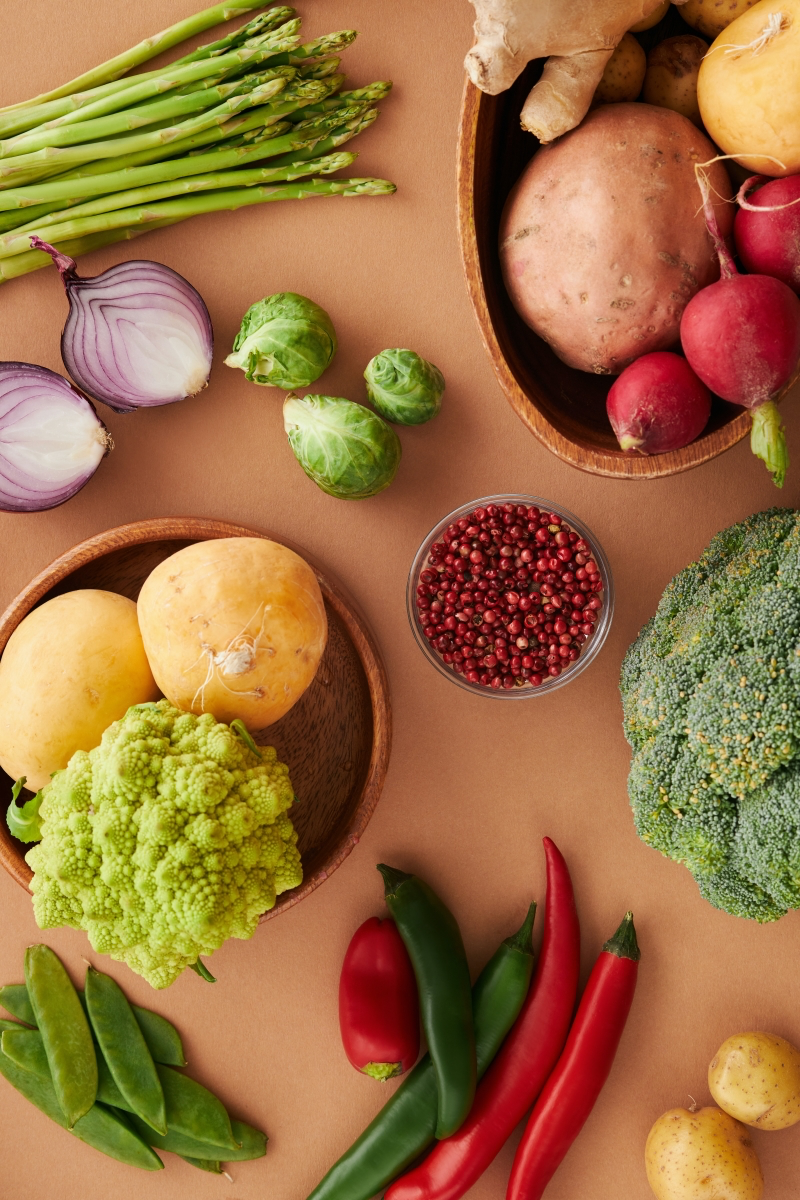
By the way, some of the most common mistakes I see are surprisingly simple:
- The daily, massive raw spinach smoothie.
- Eating the exact same “healthy” salad for lunch, every single day.
- Thinking a giant baked potato is a “light” meal.
If any of these sound familiar, don’t worry. We’re about to sort it all out.
Why Too Much of a Good Thing Can Go Wrong
Plants are pretty clever. To keep from being eaten by bugs and other critters, they produce their own defense chemicals. We sometimes call these “antinutrients” because they can, for some folks, interfere with our digestion or mineral absorption. In a normal, varied diet, your body handles these compounds like a champ. No problem at all.
The issue pops up when we lack variety. When you bombard your system with the same exact vegetable day after day, you’re getting a concentrated dose of one specific compound. Eventually, your body might just say, “Hey, I need a break!”
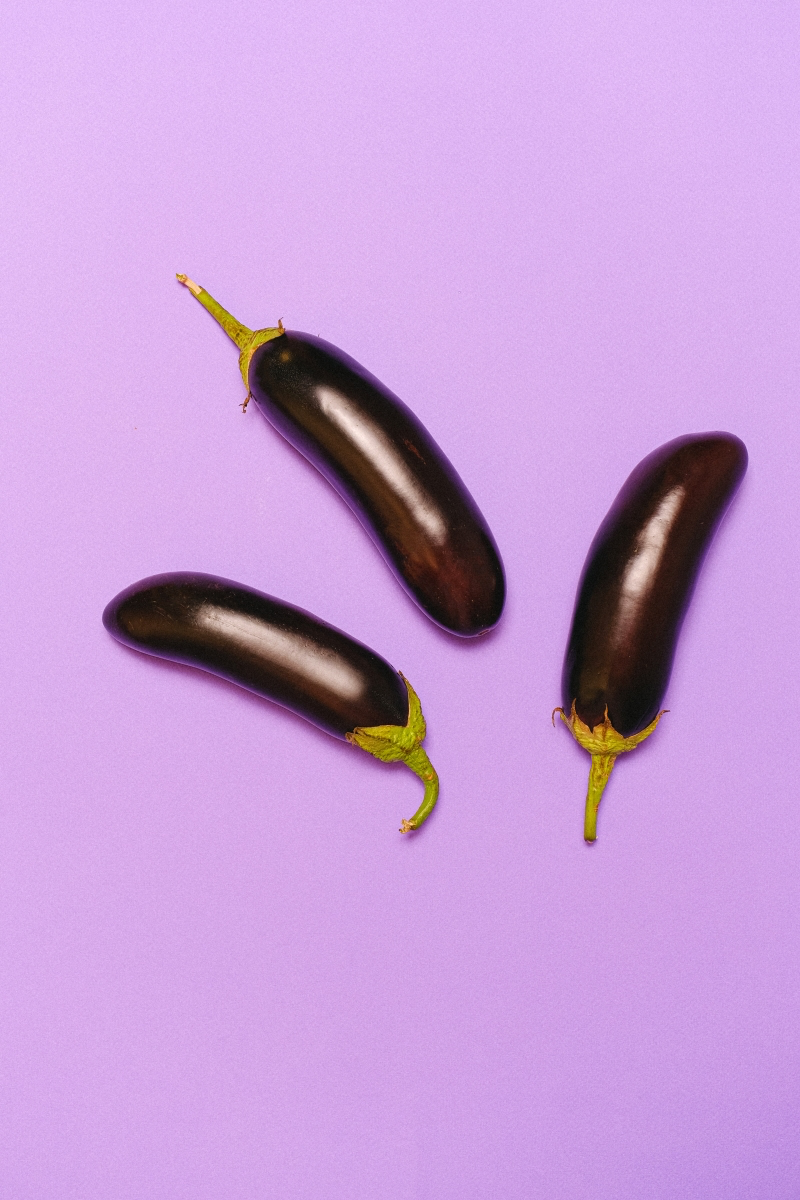
Let’s get to know the main players you’ll find in your produce aisle.
The High-Oxalate Trap: Beyond the Spinach Smoothie
Spinach, Swiss chard, and beet greens are amazing for you. They’re packed with vitamins and minerals. But they are also loaded with compounds called oxalates. These are tiny, crystal-like molecules that can bind to minerals like calcium in your gut, which means you don’t absorb them. For people who are susceptible, a constant high dose can even contribute to the formation of kidney stones.
I once knew a guy who was determined to get healthy. His brilliant idea? A huge smoothie every morning with two giant handfuls of raw spinach. A few months later, he was dealing with achy joints and his very first kidney stone. It’s a classic case of good intentions gone wrong.
How to Manage High-Oxalate Greens:
- Cook Them Down: This is a game-changer. Boiling or steaming your high-oxalate greens can slash the oxalate content significantly because the oxalates leach into the cooking water. Just be sure to toss the water! Sautéing and roasting help, too, just not quite as much.
- Rotate, Rotate, Rotate! This is probably the most important tip. Don’t let spinach be your default green. Your mission is to mix it up! This ensures you get a wide range of nutrients without overloading on any one compound.
- Pair with Calcium: Ever wonder why spinach and cheese is such a classic combo? Eating high-oxalate foods with something rich in calcium (like yogurt, kefir, or cheese) is a smart move. The oxalates bind to the calcium in your stomach instead of later on in the urinary tract, and you simply excrete them.
Your Greens Cheat-Sheet:
To make rotation easier, think of it like this. For your daily salads and smoothies, lean on the low-oxalate crew. They’re generally cheaper, too! A big head of romaine often costs around $2-$3, while a small bunch of organic chard can be $4.
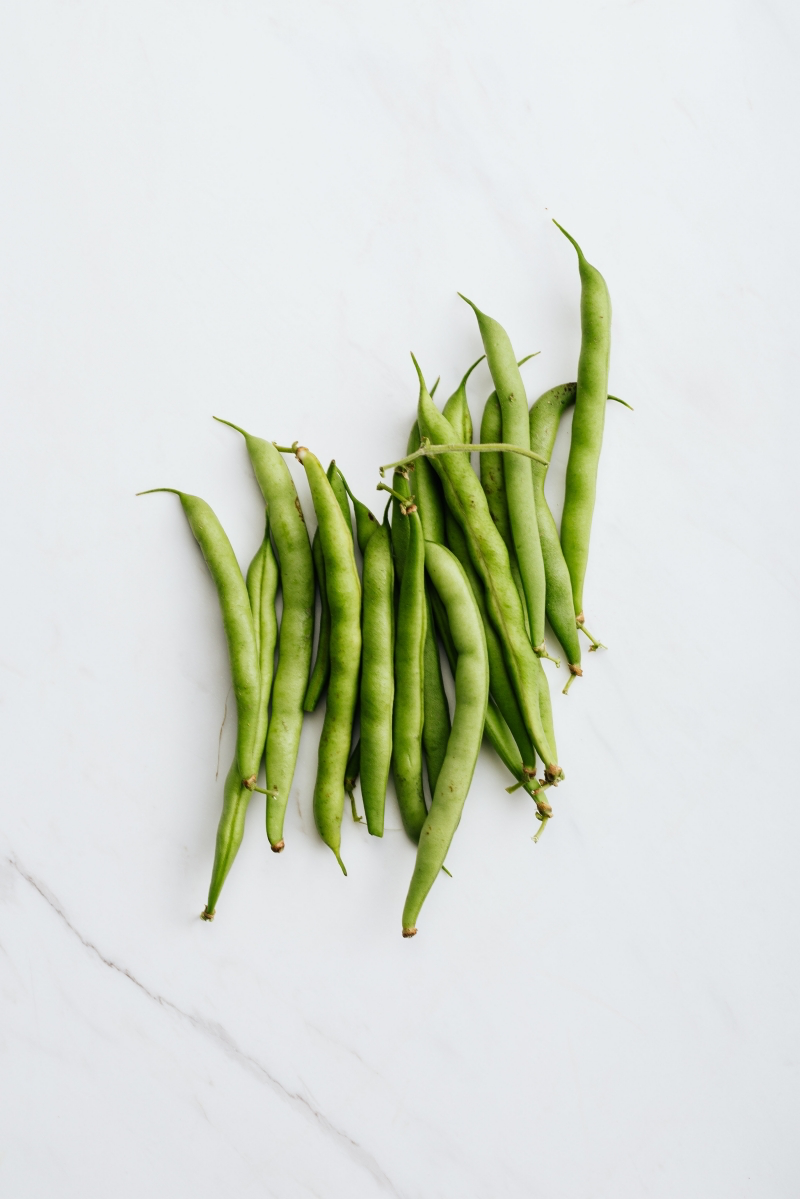
- High-Oxalate (Enjoy in moderation & preferably cooked): Spinach, Swiss Chard, Beet Greens, Rhubarb.
- Low-Oxalate (Awesome for daily use!): Romaine, Arugula, Iceberg Lettuce, Butter Lettuce, Cabbage, Kale (yep, it’s lower!), Collard Greens, and Mustard Greens.
Heads up! If you have a history of kidney stones, you really need to work with a doctor or a registered dietitian. For most of us, though, just cooking and rotating our greens is all it takes.
The Cruciferous Crew & Your Thyroid: The Truth About Kale
Broccoli, cauliflower, Brussels sprouts, and kale are rockstars of the vegetable world, famous for their health-promoting properties. They also contain compounds called goitrogens, which have a reputation for messing with your thyroid. Honestly, this has been blown way out of proportion.
The risk is really only a concern under two specific conditions at once: you have a pre-existing thyroid issue (like hypothyroidism), AND you are consuming massive quantities of these veggies raw. Goitrogens can make it a bit harder for the thyroid to slurp up the iodine it needs to function. But for a healthy person getting enough iodine? It’s a non-issue.
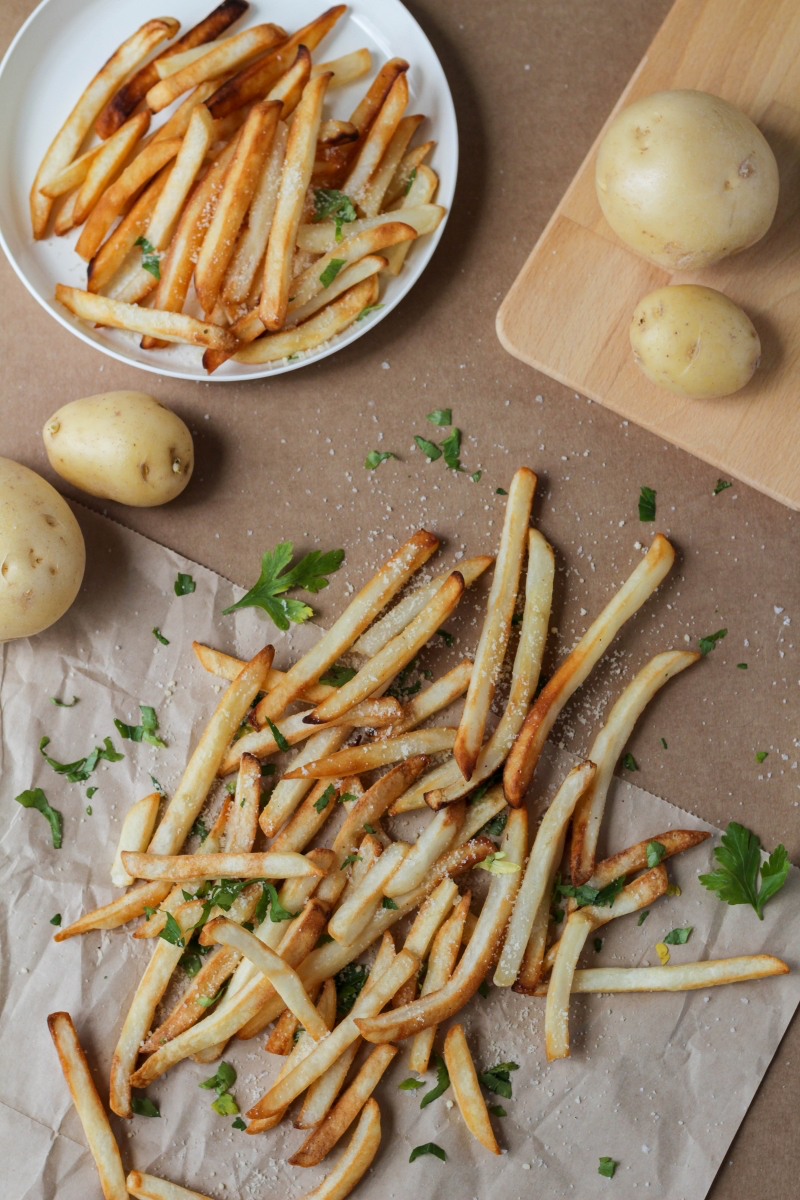
I’ve never seen someone with a healthy thyroid develop a problem from eating steamed broccoli. Where we take notice is for clients with diagnosed thyroid conditions. Even then, we don’t cut these veggies out! We just manage them smartly.
- Cook It: Heat deactivates most of the goitrogenic compounds. So, a daily raw kale juice cleanse is probably a bad idea if your thyroid is sluggish, but a cup of roasted Brussels sprouts with dinner is totally fine.
- Check Your Iodine: Most people get enough iodine simply by using iodized salt. If you don’t, you can also find it in fish, seaweed, and dairy products.
- Portion Size Matters: A serving is about a cup. One or two servings of cooked cruciferous veggies a day is fine for just about everyone.
The Lectin Question: Are Beans and Grains Really a Problem?
Ah, lectins. You’ve probably heard about these. They are sticky proteins found in many plants, especially in legumes (beans, lentils), grains, and some nightshades. They’re designed to resist digestion. For some sensitive individuals, a high intake of active lectins can lead to gut irritation and inflammation.
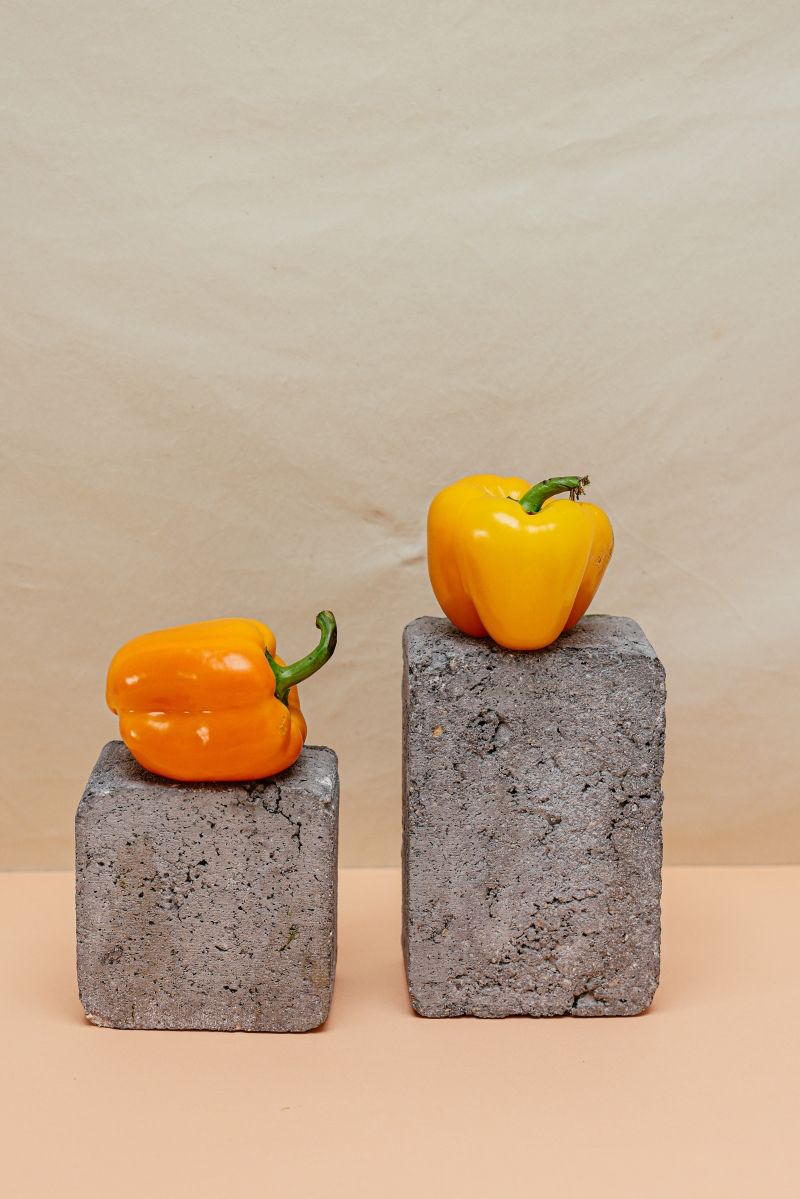
But here’s the secret that the fear-mongering articles often leave out…
Cooking is the antidote. Seriously. Humans figured this out a long, long time ago. Soaking and then thoroughly cooking beans and grains essentially neutralizes the vast majority of harmful lectins. A can of cooked beans from the store for $1.50 is perfectly safe. The problems arise from eating undercooked or raw legumes, which nobody really does anyway (and for good reason—it would make you sick!).
Pro-Tip for Maximum Peace of Mind: If you’re cooking beans from scratch, a pressure cooker is your best friend. It uses high heat and pressure to obliterate lectins, making the beans incredibly easy to digest.
Nightshades and Inflammation: A Real Connection for Some
The nightshade family includes some of our absolute favorites: tomatoes, all peppers (bell and chili), potatoes, and eggplants. For most of us, they’re delicious and harmless. However, for a small group of people, often those with autoimmune conditions like rheumatoid arthritis or IBD, nightshades can be a trigger for joint pain and inflammation.
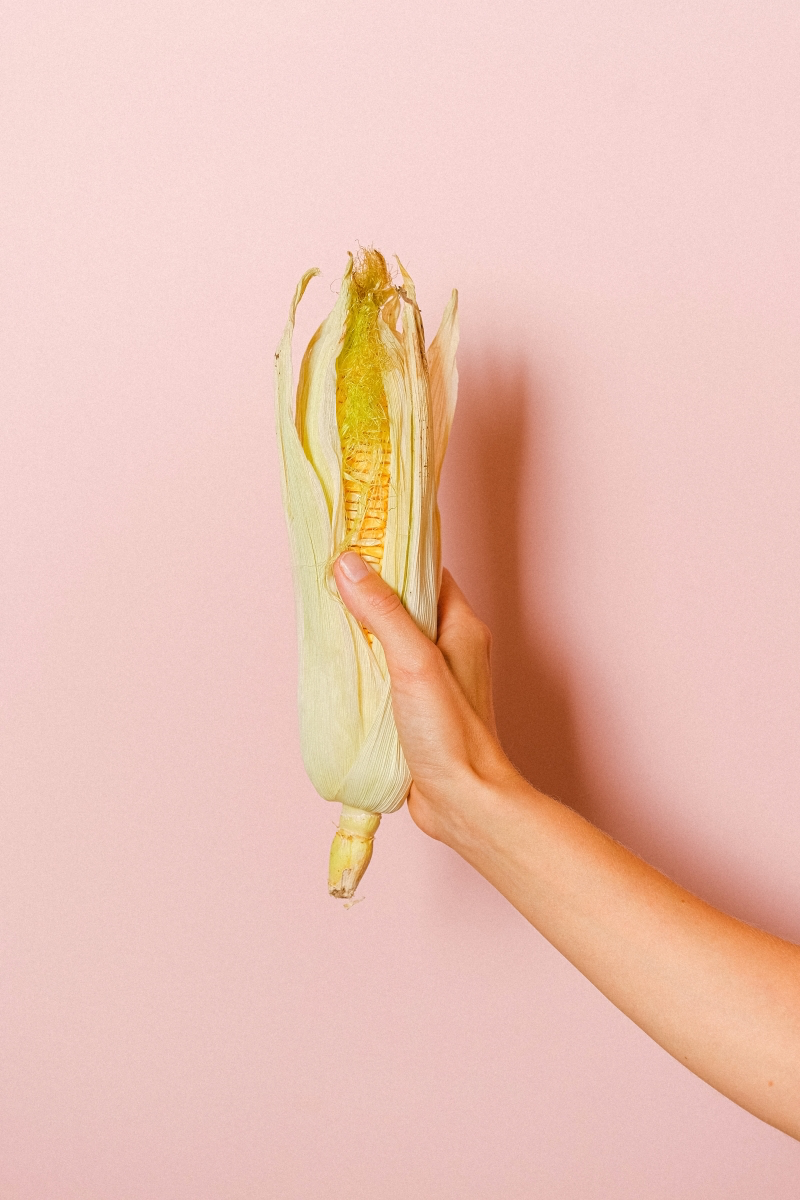
The science is still catching up, but the anecdotal evidence from people who feel better after cutting them out is too strong to ignore. This isn’t a call for everyone to ditch pasta sauce! It’s an invitation for those with unexplained aches and pains to do a little detective work.
How to Explore a Nightshade Sensitivity:
- The 30-Day Elimination: The only real way to know is to completely remove them for a month. That means no tomatoes, potatoes, eggplants, or peppers. You have to be a label detective, because paprika (made from peppers) is in EVERYTHING.
- The Reintroduction Test: After 30 days, reintroduce ONE nightshade at a time. Have some plain baked potato and wait 72 hours. See how you feel. Then try some plain tomato sauce. You might find you only react to one of them.
Nightshade Survival Guide:
Going nightshade-free can feel daunting, but swaps are easy once you know them. Craving pasta sauce? Try a “nomato” sauce made from carrots, beets, and onions. You can find these at specialty health food stores or online, but they can be pricey (think $8-$12 a jar). For a side dish, swap potatoes for sweet potatoes (they’re not nightshades!), roasted parsnips, or creamy cauliflower mash.
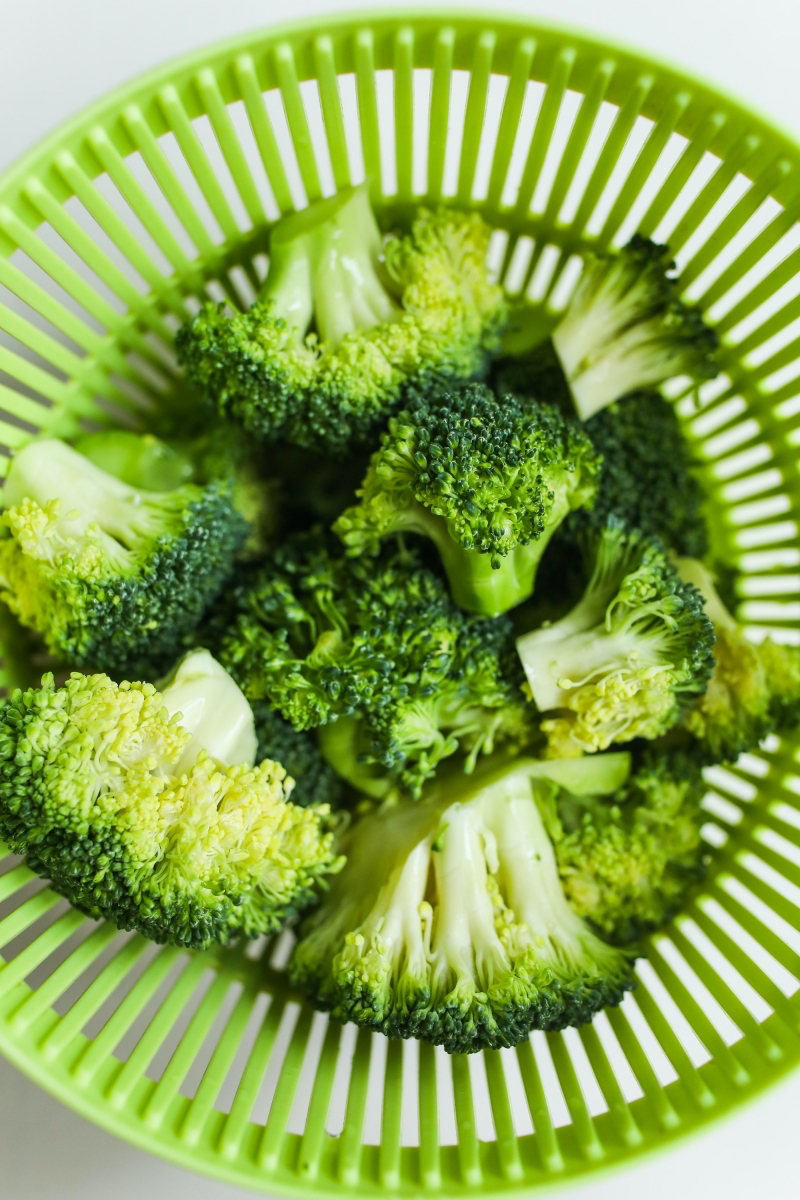
FODMAPs: The Hidden Cause of Serious Bloating
This is easily one of the most common issues I encounter. Someone is eating super “clean”—onions, garlic, beans, apples, broccoli—and yet they suffer from painful gas, cramping, and major bloating. The culprit is often a group of fermentable carbs called FODMAPs.
For people with Irritable Bowel Syndrome (IBS), these carbs aren’t absorbed well. They travel to the large intestine, where gut bacteria have a feast, producing tons of gas in the process. This stretches the gut and causes that awful pain and bloating.
The leading experts in Australia developed a protocol that’s the gold standard for managing this. It’s not about eliminating foods forever, but about figuring out your dose.
A Smarter Approach to FODMAPs:
- It’s All About the Dose: A whole cup of broccoli might be a problem, but a half-cup of just the florets (the stalks are higher in FODMAPs) is usually fine. The key is finding your personal threshold. You can search your app store for “the Monash University FODMAP app” to get their traffic-light guide on portion sizes.
- Game-Changing Flavor Tip: The FODMAPs in garlic and onions are water-soluble, not oil-soluble. This is great news! You can get all the flavor without the pain. Just sauté large chunks of garlic or onion in your cooking oil for a few minutes to infuse it with flavor, then pull the pieces out before adding the rest of your ingredients. The flavor stays, the FODMAPs go.
- Get a Guide: The low-FODMAP diet is a temporary diagnostic tool, not a forever lifestyle. It’s best to do it with a professional who can guide you through the elimination and reintroduction phases safely.
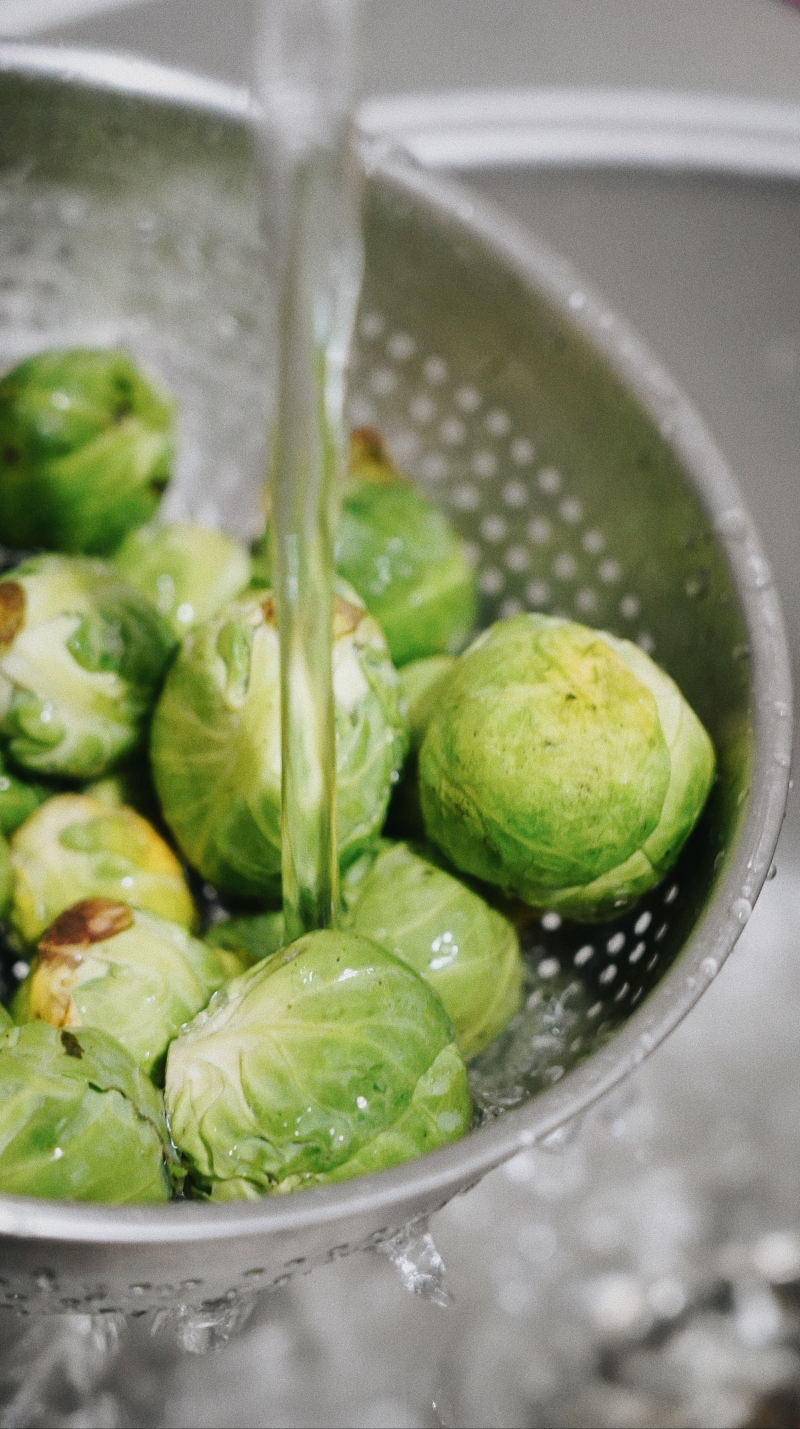
Starchy Veggies & Your Blood Sugar
Potatoes, corn, and peas are fantastic sources of energy and fiber. But they are starchy, meaning they break down into sugar in your body more quickly. For an active, healthy person, your body handles this just fine. But for anyone with insulin resistance or diabetes, a huge serving can send blood sugar on a wild roller-coaster ride.
A Better Way to Eat Starches:
- Portion Power: A serving of a starchy vegetable is about half a cup cooked, or the size of a computer mouse for a potato. It should be a side-kick on your plate, not the main event.
- Never Eat Them Naked: Always pair starchy veggies with protein (chicken, fish), healthy fat (avocado, olive oil), and more fiber (a big salad). This trio slows down digestion and leads to a much gentler blood sugar response.
- The Cooling Trick: This is a great little science hack. When you cook and then cool a starchy vegetable like a potato, some of the starch changes form into something called “resistant starch.” This type acts more like fiber—it feeds your good gut bacteria and has a much smaller impact on blood sugar. To do it, just cook your potatoes, then let them cool completely in the fridge for at least 4 hours (or overnight) before eating them in something like a potato salad.

Final Thoughts: Putting It All Into Practice
The goal here isn’t to create a list of forbidden foods. It’s to empower you to build a better partnership with your body. So what does this look like in real life? It’s all about rotation.
A Simple 3-Day Veggie Rotation Might Look Like This:
- Monday: A big romaine salad with cucumbers and carrots for lunch. For dinner, have some salmon with roasted asparagus and a small sweet potato.
- Tuesday: Sautéed cabbage and bell peppers in a stir-fry. For a snack, some celery sticks with hummus.
- Wednesday: A smoothie with a small handful of KALE (not spinach!), berries, and protein powder. For dinner, a hearty lentil soup (well-cooked!) with a side of steamed green beans.
See? You’re eating tons of veggies, but you’re constantly mixing it up.
If you remember nothing else, remember the “Big Three”: Variety, Mindful Preparation, and Listening to Your Body. A food and symptom journal can be your best friend.
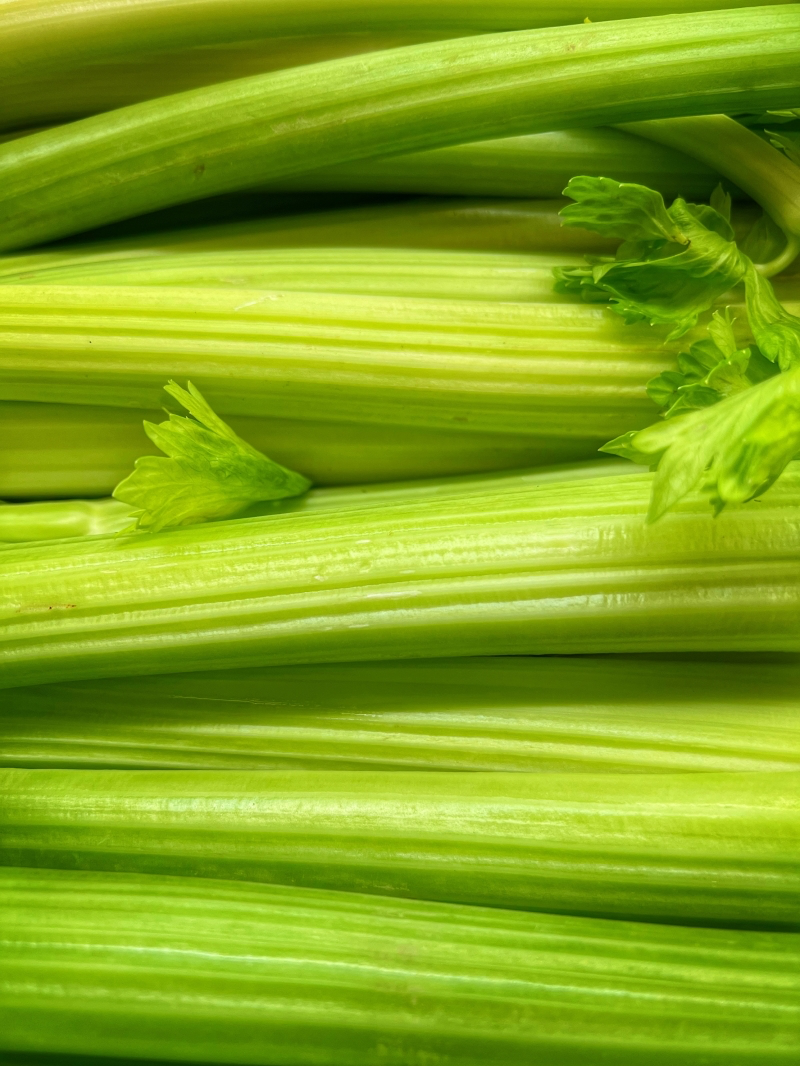
And here’s a final challenge for you. Your mission this week: go to the store and buy one leafy green or one vegetable you’ve never tried before. Maybe it’s bok choy, or arugula, or parsnips. Just swap it into your meals for a few days and see how you feel. That’s it! It’s the first step to becoming your own health expert.
Inspiration:


Are my daily kale salads and roasted broccoli affecting my thyroid?
It’s a valid question. Cruciferous veggies like kale, broccoli, and cauliflower contain compounds called goitrogens, which in very high amounts can interfere with thyroid function. For most people, this isn’t an issue. But if you have a known thyroid condition or consume huge quantities raw, it’s worth noting. The simple fix? Cooking! Steaming or boiling these vegetables deactivates a significant portion of their goitrogenic compounds, letting you enjoy their benefits without the worry.
- Breaks the ‘food rut’ and makes meals exciting again.
- Delivers a much wider spectrum of vitamins and phytonutrients.
- Reduces the risk of developing sensitivities from compound overload.
The secret is the ‘4-Day Rotation Rule’. Try not to eat the exact same food (like almonds or spinach) more than once every four days. This simple guideline naturally pushes you to swap spinach for arugula, or almonds for walnuts, diversifying your diet effortlessly.










